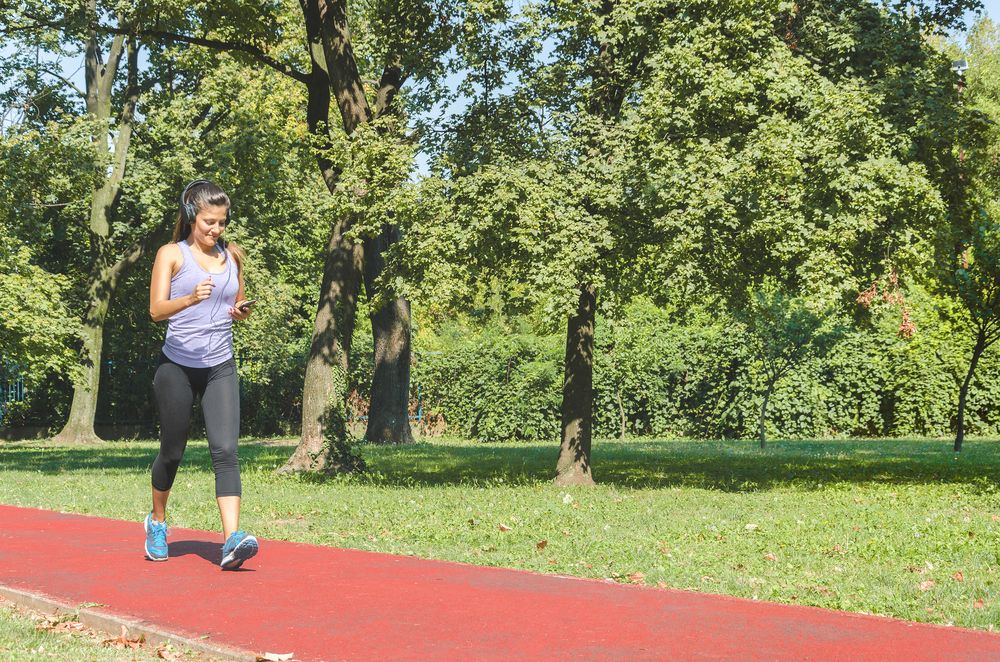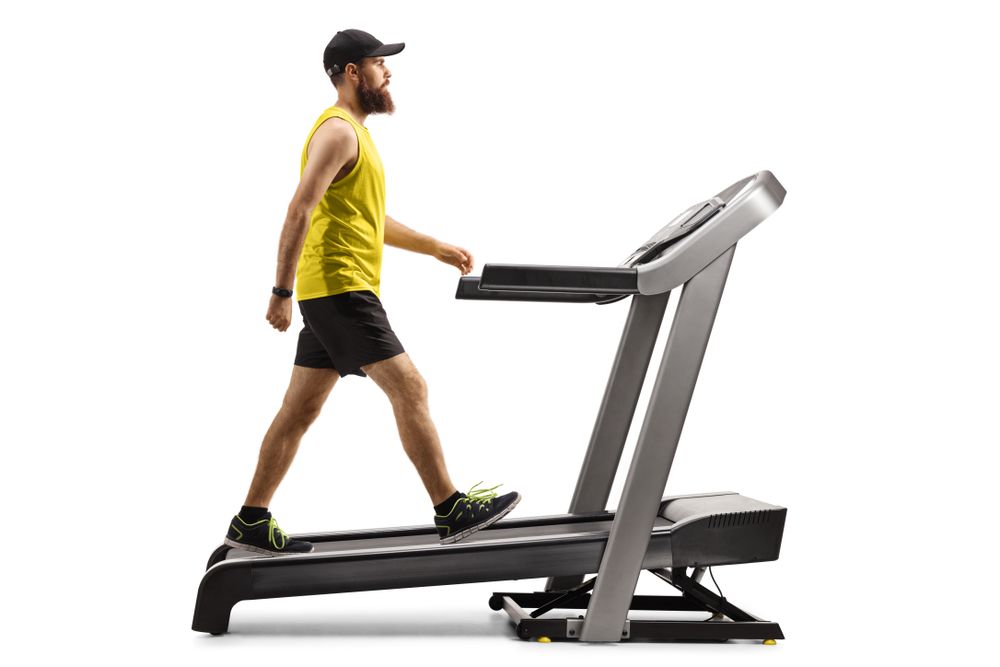
Interval walking is an effective and accessible way to enhance your fitness routine by combining periods of high-intensity walking with lower-intensity recovery phases. This method is perfect for boosting cardiovascular health, increasing endurance, and most importantly, losing weight. Unlike traditional steady-state cardio, interval walking involves alternating between different paces, which elevates your heart rate, burns more calories, and keeps your metabolism elevated even after the workout ends.
To perform interval walking, all you need is a good pair of walking shoes and a safe, flat path. The key is to switch between brisk, fast-paced walking and slower recovery walking. You can time your intervals, such as walking quickly for one minute and then at a more leisurely pace for two minutes, or use landmarks like lamp posts or trees to change your pace. The idea is to push your body during the high-intensity intervals and allow it to recover during the low-intensity phases, creating an effective cardiovascular workout that can be adjusted to suit any fitness level.
Interval walking is especially effective for weight loss due to its ability to create an afterburn effect, scientifically known as excess post-exercise oxygen consumption (EPOC). This means your body continues to burn calories at an elevated rate even after your workout ends. Additionally, the variation in intensity helps to prevent plateaus, keeping your workouts challenging and ensuring steady progress. Compared to high-impact activities like running, interval walking is also gentler on the joints, making it suitable for people of all ages and fitness levels.
Daily Interval Walking Workout
This daily interval walking workout incorporates seven exercises designed to maximize calorie burn, improve cardiovascular health, and enhance overall fitness. Perform each exercise as described, and adjust the intensity based on your fitness level.
Exercise 1: Warm-Up Walk

Start your workout with a warm-up to prepare your body for the intervals ahead:
- Begin by walking at a comfortable pace.
- Maintain this pace for 5 minutes to gradually increase your heart rate and warm up your muscles.
- Focus on your posture, keeping your shoulders relaxed and your core engaged.
Exercise 2: Brisk Walk

Increase the intensity with a brisk walk:
- After your warm-up, pick up the pace to a brisk walk.
- Maintain this brisk pace for 3 minutes, aiming to elevate your heart rate.
- Swing your arms naturally and maintain good posture throughout.
Exercise 3: Speed Walk

Push your limits with a speed walk:
- Transition from your brisk walk to a speed walk, moving as fast as you can without breaking into a jog.
- Maintain this pace for 1 minute, focusing on quick, powerful strides.
- Use your arms to help propel you forward and keep your core tight.
Exercise 4: Recovery Walk

Allow your body to recover at a slower pace:
- Slow down to a comfortable walking pace.
- Maintain this pace for 2 minutes to catch your breath and prepare for the next interval.
- Keep moving and focus on deep, steady breathing.
Exercise 5: Incline Walk

Incorporate an incline to challenge your muscles:
- Find a hill or set your treadmill to an incline.
- Walk up the incline at a brisk pace for 2 minutes.
- If outdoors, use the downhill walk as a recovery phase, walking back down at a comfortable pace.
Exercise 6: High-Knee Walk

Engage your core and lower body with high knees:
- Walk at a brisk pace, lifting your knees high towards your chest with each step.
- Perform high-knee walking for 1 minute.
- Keep your core engaged and avoid leaning back as you lift your knees.
Exercise 7: Cool-Down Walk

Finish your workout with a cool-down to lower your heart rate:
- Slow down to a comfortable, easy walking pace.
- Maintain this pace for 5 minutes to gradually bring your heart rate back to normal.
- Focus on your breathing, taking deep, calming breaths.
Incorporate this interval walking workout into your daily routine to maximize your weight loss efforts. By varying the intensity and incorporating different exercises, you'll keep your body guessing and avoid hitting a plateau. Remember to listen to your body and adjust the intensity as needed. Always consult with a healthcare provider before starting any new exercise program, especially if you have any pre-existing conditions.

